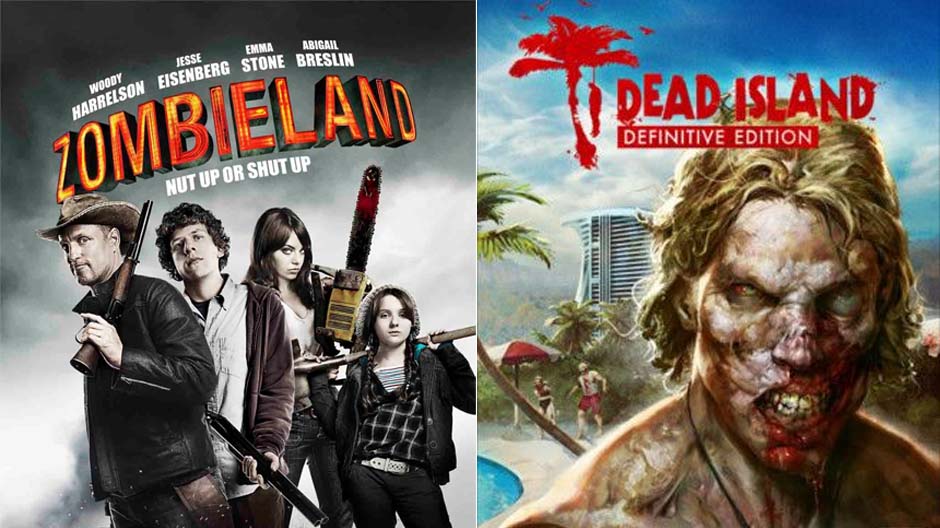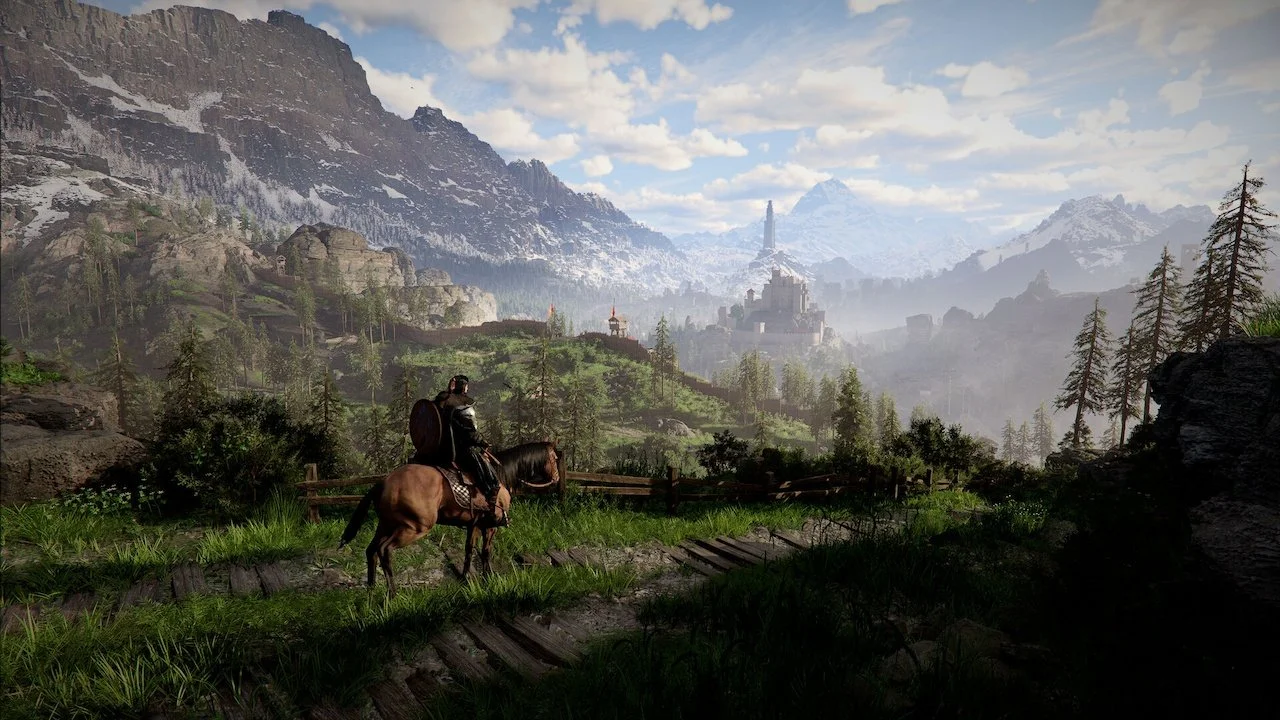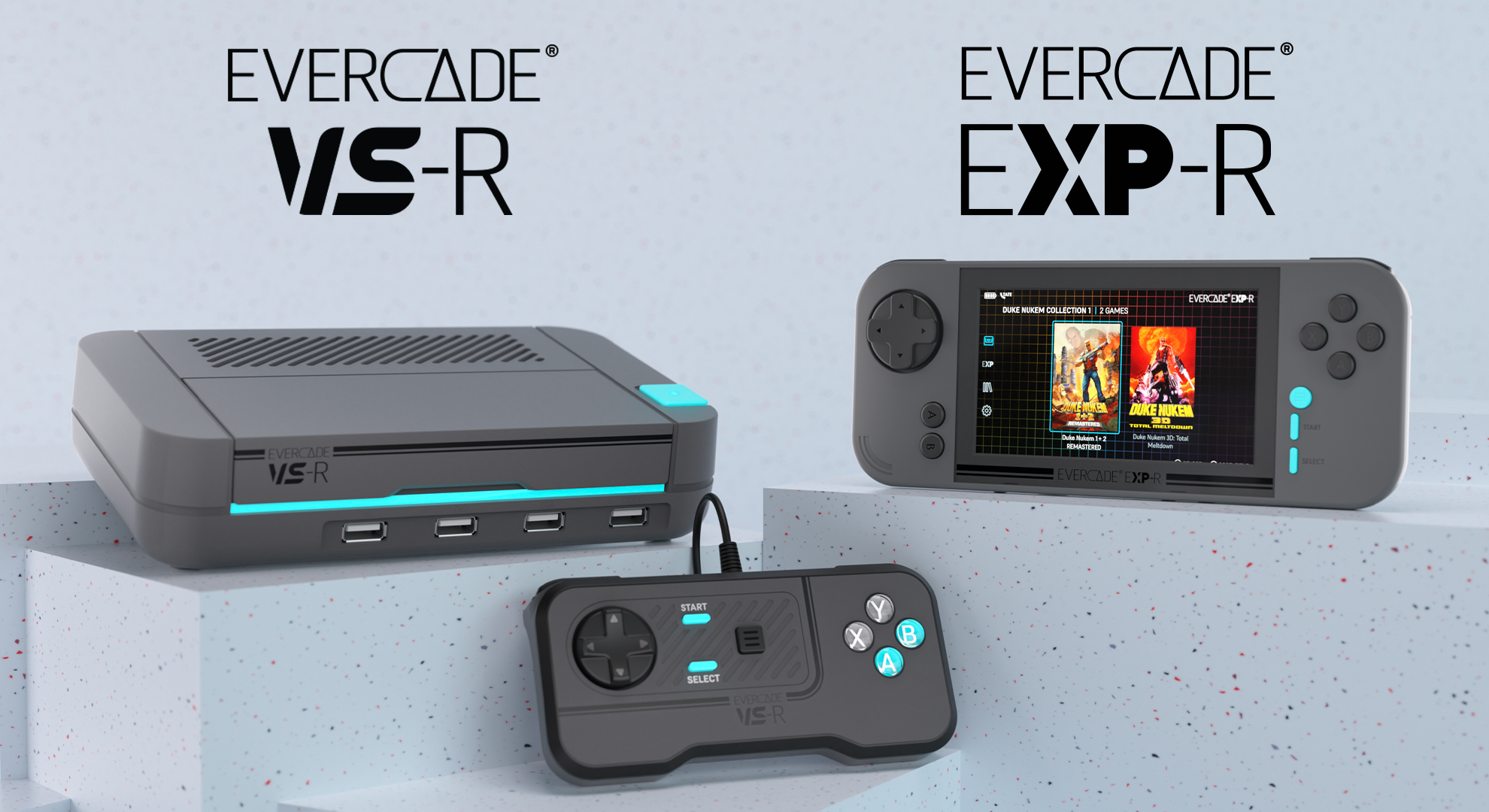Few games have been met with so much anticipation as the release of The Last of Us Part II in June 2020. The sequel to the incredibly popular The Last of Us that was released in 2013 was met with raving reviews by players and critics alike. As the dust settles, this action-adventure gem set in a United States that’s going through a zombie apocalypse has reminded us just how much we love a good zombie game with heart and grit. But how and why did the undead trope come to be so popular in video games?
The Undead Make For Great Video Game Enemies
There are few themes as popular as the undead in video games and pop culture in general. While vampires or werewolves also make interesting enemies – or even anti-heroes – there is something very convenient about a swarming mob of the undead when building an action game. Vast numbers of expendable enemies have allowed for some very interesting shooting routines in gaming titles, often combined by fun elements and graphics like in Zombieland: Double Tapper. The fact that zombies walk and look like humans and have no hidden powers makes for a familiar setting, as the players know how to take aim and how to protect themselves.
Yet the fact that they are not quite human, as well as dangerous and out to get you makes it feel perfectly acceptable to use your flamethrower on them. Some of the best zombie games out there, like the Zombie Army trilogy that has recently arrived on Nintendo Switch, have taken it up a notch and combined zombies with another one of the eternal enemies: Nazis. Set in 1945 Europe where Hitler’s undead army roams the earth, it features a wide array of weapon option including machine guns that are a staple in any zombie game worth its salt.
14% Of Americans Have A Zombie Apocalypse Plan
Beyond convenience in setting up an enemy you won’t mind-blowing up, the undead seem to tap into a real subconscious fear that humans share, one that is ultimately about mortality and death. By using the medium of zombies as a creative prop for doom and gloom we can process and deal with these feelings in a safe environment – which is essentially also the reason why we love any good horror movie. Great games like The Last of Us or Dying Light rely heavily on gameplay and narrative. The Dying Light open world series in particular is more about using your wit to survive, based on an exciting parkour-style gameplay, than it is about shooting up as many zombies as you can.
This fear seems to be very real for some: 14% of Americans have a plan in place just in case of a zombie apocalypse. This number climbs to 24% for Millennials and drops to 6% for baby boomers. Interestingly, just 12% of suburban residents have such a plan yet 20% of people in urban areas do. Out of those with a plan, 26% said they would immediately stockpile guns and 21% would seek shelter, while 16% would hunt for supplies and 8% would relocate. Finally, 12% refused to share any details, true to the every-man-for-themselves nature of any good zombie apocalypse plan, as they feared divulging their hiding spots could lead competing survivors or even zombies to them.
How Zombies Rose To Fame In Popular Culture
The undead trope is by no means reserved for video games. In fact, it was the movie industry that proved a game-changer. The 1968 Night of the Living Dead film by George Romero is widely credited as catapulting the trope to fame and shaping our contemporary image of them. Yet the undead archetype dates back to myths and legends of the 17th century, which later crept into pop culture. Mary Shelley’s Frankenstein draws inspiration from the re-animated corpse theme, while the 1932 White Zombie movie starring the notorious Bela Lugosi is the definitive first big-screen appearance of zombies.
From then on, it was a matter of time before zombies infested other entertainment sectors. Novels based around the concept of a zombie apocalypse have proven adept at capturing the imagination of their audience, with Max Brooks’ World War Z earning a close-to-five-star rating at Amazon. It was later turned into a movie. Casino games are also a great yardstick for the most successful pop culture themes, too, as online slot developers often choose themes already popular with mainstream audiences. The zombie apocalypse has been the setting of several slot games, including the popular Lost Vegas game available at some online providers. True to its Las Vegas setting, the slot is famous for featuring a zombie Elvis impersonator. In the realm of TV series, the best proof of zombie popularity is the fact that The Walking Dead has been running since 2010. The Santa Clarita Diet starring Drew Barrymore gave the genre a fresh spin and ran for 3 seasons on Netflix.
Clumsy or dangerous, fun, or fueling fear, zombies combine so many of the great qualities that we look for in entertainment and video gaming. They are so versatile that they are every developer’s dream – and let’s face it, they are plain fun to try and outsmart in a post-apocalyptic hide-and-seek bloodbath!



















